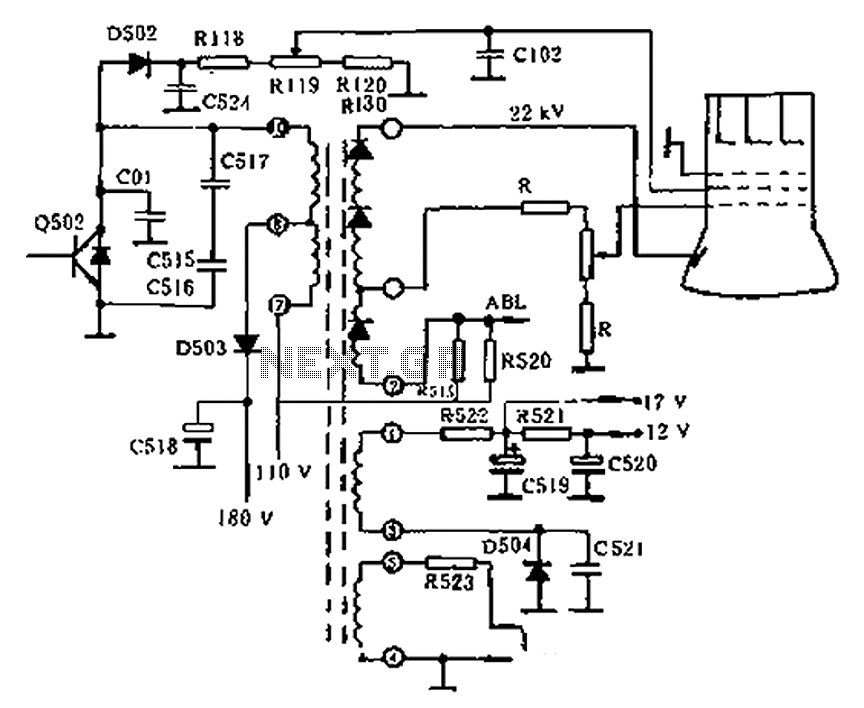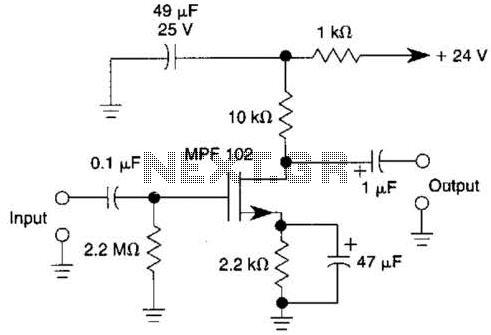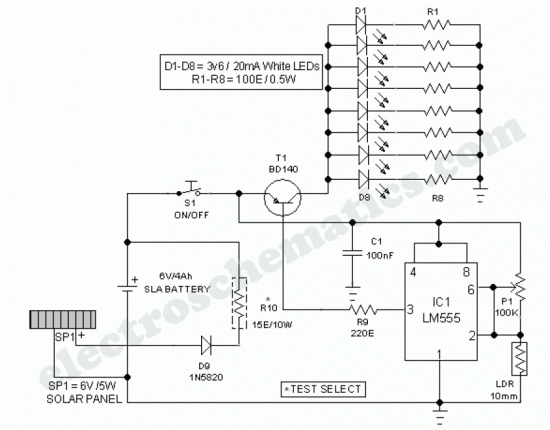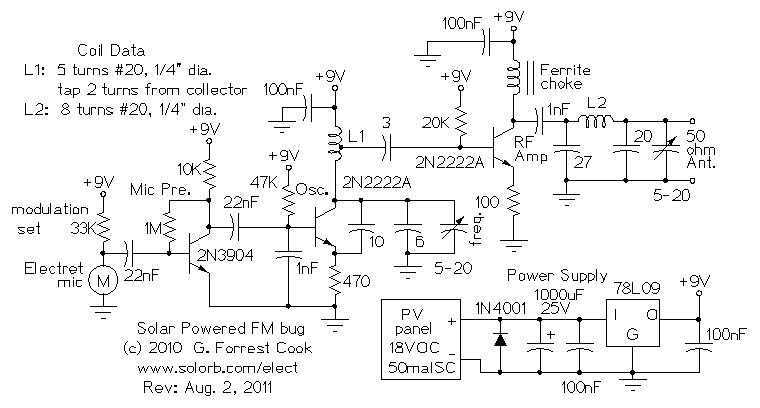
Application Circuit CW4960 CW4962 dual voltage + 5V 1.5A -12V 100mA output
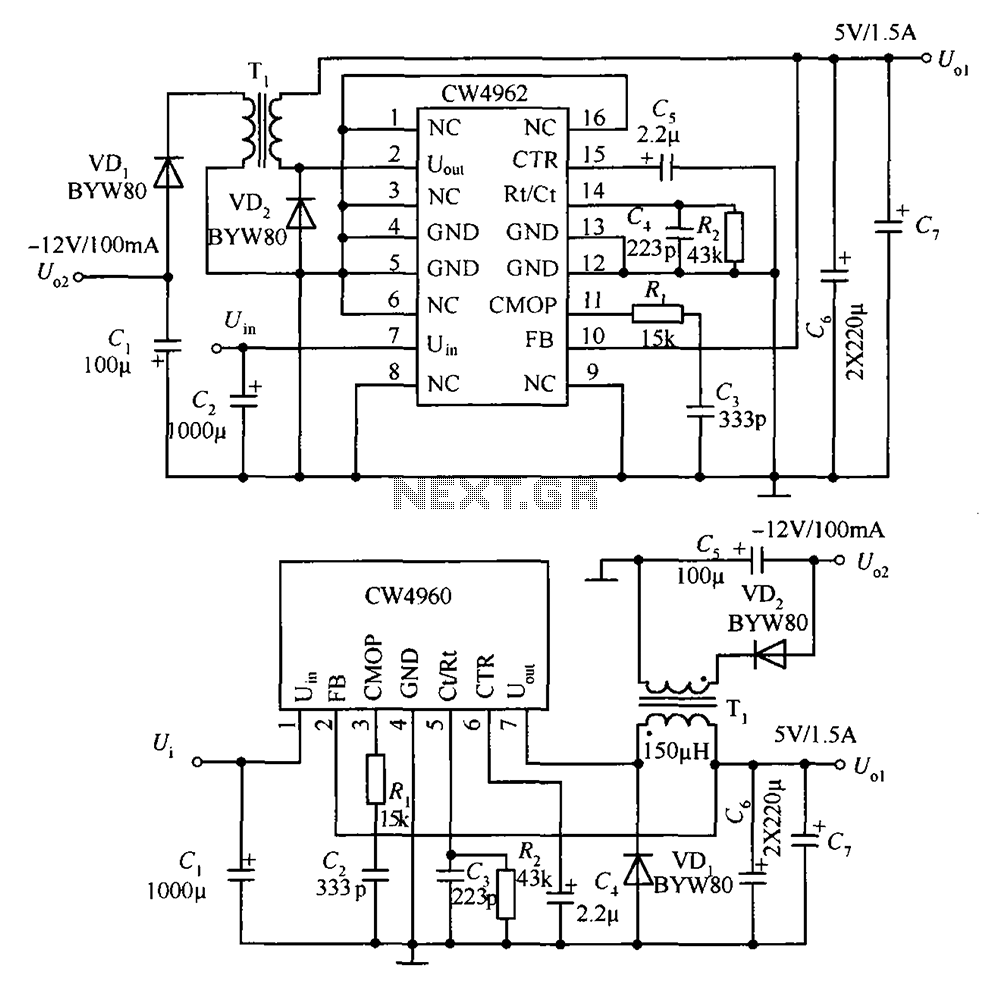
The circuit described is a stabilized power supply utilizing the CW4962 and CW4960 components, providing +5V at 1.5A and -12V at 100mA. The +5V output serves as the main power supply. The output circuit employs a transformer rather than an inductor, while the -12V auxiliary power is derived from the secondary winding of the transformer, which is subsequently rectified and filtered.
The circuit design features two primary voltage outputs: +5V and -12V, achieved through the integration of the CW4962 and CW4960 voltage regulators. The +5V output is designed to supply a maximum current of 1.5A, making it suitable for powering various electronic devices that require stable voltage and current levels. The regulator ensures that voltage fluctuations are minimized, providing a reliable power source for sensitive electronics.
For the -12V output, the circuit employs a transformer to step down the input AC voltage. The secondary winding of the transformer is configured to produce the necessary -12V output. This AC voltage is then rectified using a diode bridge, which converts the AC signal into a pulsating DC signal. Following rectification, a filter capacitor is used to smooth out the rectified output, reducing ripple voltage and ensuring a stable -12V DC output.
The choice of using a transformer instead of an inductor is significant in this design. Transformers are capable of providing isolation between the input and output, enhancing safety and reducing noise in the power supply. Additionally, the transformer allows for efficient voltage transformation, making it a suitable choice for this application.
Overall, this stabilized power supply circuit is designed to meet the demands of various electronic applications, providing reliable and consistent voltage outputs while ensuring protection and efficiency through its component selection and design architecture. By the CW4962, CW4960 constituted + 5V/1.5A, -l2V/100mA stabilized power supply circuit is shown. Wherein, + 5V, 1.5A is the main power supply. Output circuit using the transfo rmer instead of inductor. -12V, L00mA auxiliary power transformer secondary winding is rectified and then, get filtered.
The circuit design features two primary voltage outputs: +5V and -12V, achieved through the integration of the CW4962 and CW4960 voltage regulators. The +5V output is designed to supply a maximum current of 1.5A, making it suitable for powering various electronic devices that require stable voltage and current levels. The regulator ensures that voltage fluctuations are minimized, providing a reliable power source for sensitive electronics.
For the -12V output, the circuit employs a transformer to step down the input AC voltage. The secondary winding of the transformer is configured to produce the necessary -12V output. This AC voltage is then rectified using a diode bridge, which converts the AC signal into a pulsating DC signal. Following rectification, a filter capacitor is used to smooth out the rectified output, reducing ripple voltage and ensuring a stable -12V DC output.
The choice of using a transformer instead of an inductor is significant in this design. Transformers are capable of providing isolation between the input and output, enhancing safety and reducing noise in the power supply. Additionally, the transformer allows for efficient voltage transformation, making it a suitable choice for this application.
Overall, this stabilized power supply circuit is designed to meet the demands of various electronic applications, providing reliable and consistent voltage outputs while ensuring protection and efficiency through its component selection and design architecture. By the CW4962, CW4960 constituted + 5V/1.5A, -l2V/100mA stabilized power supply circuit is shown. Wherein, + 5V, 1.5A is the main power supply. Output circuit using the transfo rmer instead of inductor. -12V, L00mA auxiliary power transformer secondary winding is rectified and then, get filtered.
